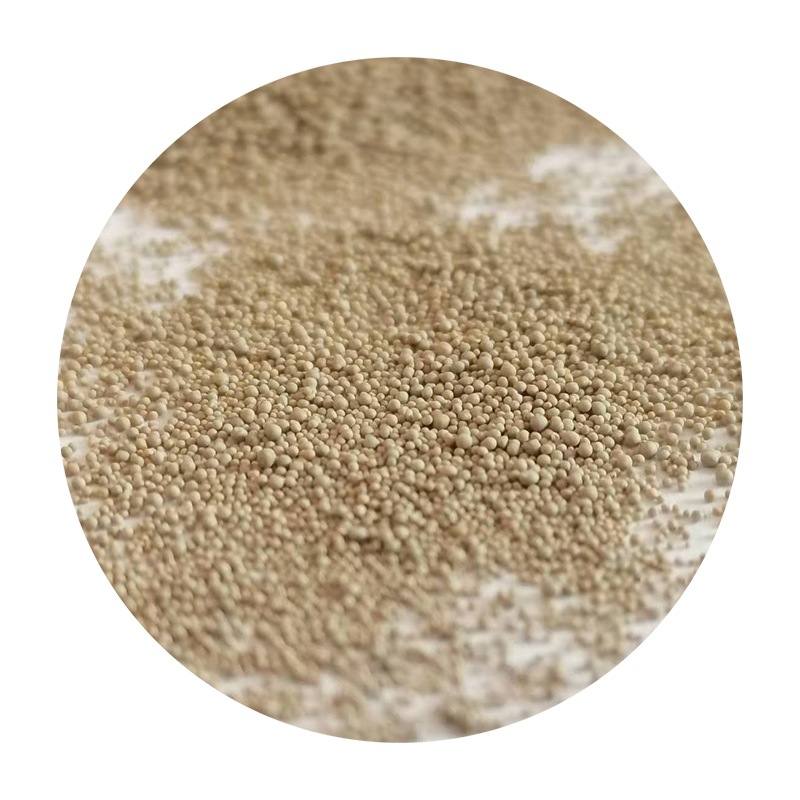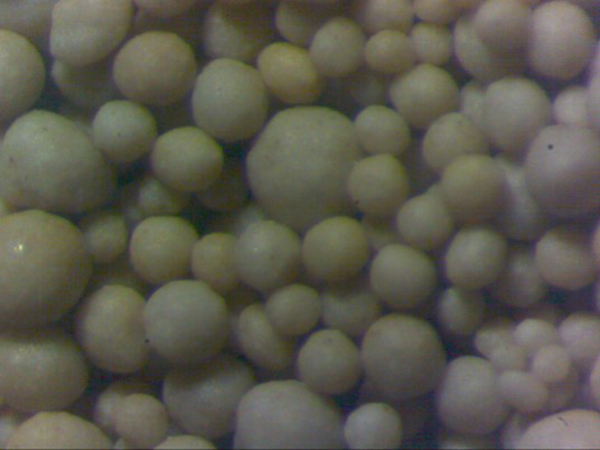In the rapidly evolving landscape of modern manufacturing, the use of 3D printing technology has revolutionized the way various industries approach production and design. Among the diverse materials available for this transformative process is sand, a natural resource that offers unique possibilities when used in conjunction with 3D printing techniques. As businesses seek to harness the potential of 3D printed sand, it's crucial to delve into its practical applications, advantages, and challenges, providing both a comprehensive understanding and an authoritative perspective on its integration into industry practices.

3D printed sand is particularly impactful in the field of casting, a process traditionally dependent on manual labor and time-consuming methods. Sand casting, a method of producing metal parts, has seen significant enhancements through the adoption of 3D sand printing. By utilizing digital models, manufacturers create precise and intricate molds directly from sand, enabling the production of customized components with remarkable accuracy and reduced lead times. This development has proven invaluable for industries such as automotive and aerospace, where precision-engineered parts are essential. One of the primary advantages of 3D printed sand is its capacity for intricate designs. Traditional sand casting often limits manufacturers due to the constraints of mold creation. However, with additive manufacturing, complex geometries that were once impossible to achieve are now feasible. This innovation not only allows for greater design flexibility but also opens the door for lighter, more efficient components by optimizing material usage. Additionally, this technique minimizes material wastage, aligning with sustainable production practices highly valued by both manufacturers and consumers.

The expertise required to implement 3D printed sand effectively is another crucial consideration. Operators must be well-versed in both digital design and the specific properties of the sand being used. Variations in grain size, binding agents, and other factors can significantly influence the quality of the final product. Thus, a deep understanding of material science and 3D printing technology is essential. Professionals with this expertise are able to maximize the benefits of 3D printed sand, leading to optimized processes and superior products.3d printed sand
Despite the clear benefits, challenges remain in the widespread adoption of 3D printed sand. The initial investment in specialized equipment is substantial, posing a barrier for smaller enterprises. Furthermore, the technology's novelty means that fewer professionals possess the expertise needed to navigate its complexities effectively. For businesses considering this technology, investment in training and research is paramount to avoid costly errors and maximize potential returns.
From a trustworthiness standpoint, the growing body of research and successful case studies helps establish 3D printed sand as a reliable and future-proof option. Companies that have embraced this technology report improvements in efficiency and product quality, providing tangible evidence of its efficacy. Collaboration with academic institutions and participation in industry forums further enhance the credibility and validation of 3D printed sand technology.
For companies exploring the integration of 3D printed sand into their operations, partnering with experienced providers is a wise strategy. Engaging with seasoned professionals ensures a seamless transition, leveraging their expertise to circumvent common pitfalls. Furthermore, investment in ongoing R&D and innovation will maintain a competitive edge, allowing businesses to stay at the forefront of technological advancements.
In conclusion, the advent of 3D printed sand offers unprecedented possibilities for manufacturing, particularly in industries where customization and precision are paramount. Through a combination of experience, expertise, authoritativeness, and trustworthiness, businesses can successfully navigate the challenges posed by this innovative technology. As the market continues to evolve, those who embrace 3D printed sand are likely to gain significant advantages, reducing costs, improving efficiency, and ultimately delivering superior products.
Next:Ceramcast sand ball shape for sand casting
